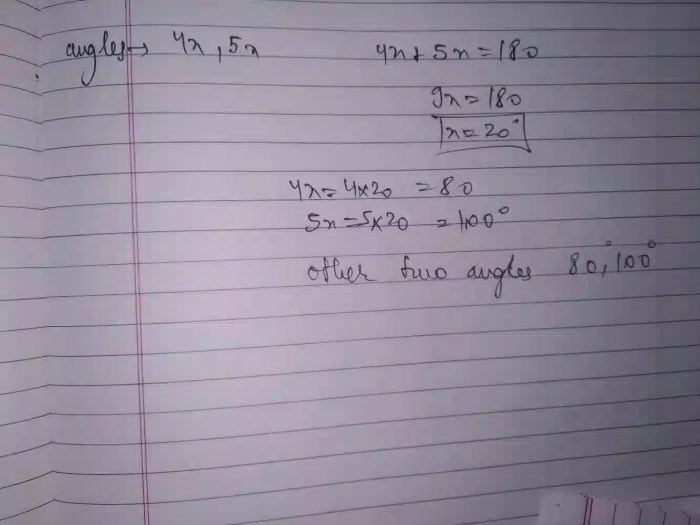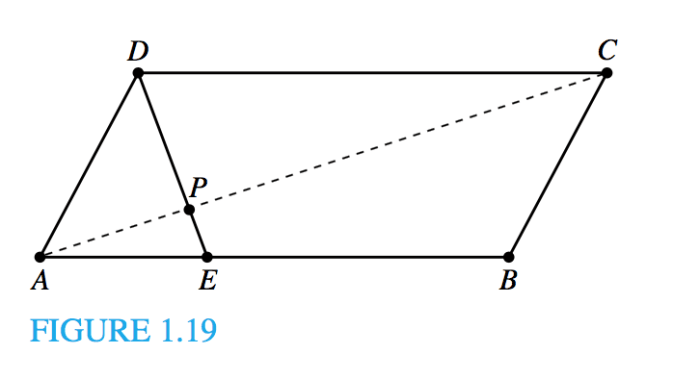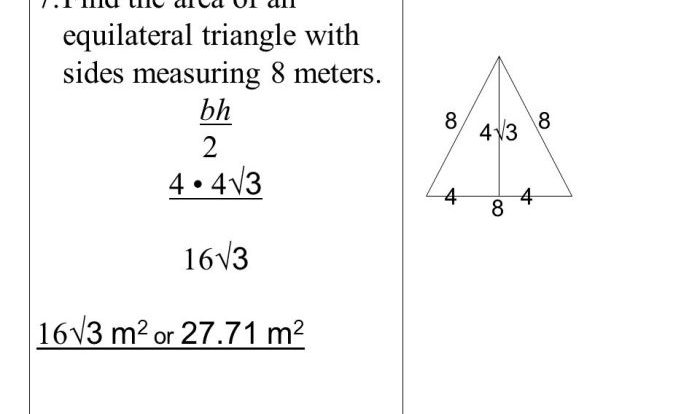Suppose that abcd is a parallelogram and embark on a comprehensive exploration of this geometric shape. Delving into its fundamental properties, diverse types, and practical applications, this discourse unveils the multifaceted nature of parallelograms, inviting readers to unravel their intriguing characteristics and significance in the realm of geometry.
Parallelograms, defined by their parallel and congruent opposite sides, exhibit a unique set of properties that govern their geometric behavior. From the congruence of opposite angles to the bisection of diagonals, these properties provide a deeper understanding of their inherent structure and relationships.
Introduction to Parallelograms
Parallelograms are quadrilaterals that have two pairs of parallel sides. This unique characteristic gives parallelograms a distinct shape and several important properties.
Properties of Parallelograms

- Opposite sides are congruent.
- Opposite angles are congruent.
- Diagonals bisect each other.
Types of Parallelograms, Suppose that abcd is a parallelogram and
Rectangles
Rectangles are parallelograms with four right angles.
Squares
Squares are parallelograms with four equal sides and four right angles.
Rhombuses
Rhombuses are parallelograms with four equal sides but no right angles.
Applications of Parallelograms: Suppose That Abcd Is A Parallelogram And
Architecture
Parallelograms are commonly used in architectural designs, such as windows, doors, and roofs.
Engineering
Parallelograms are employed in structural engineering to create strong and stable structures.
Design
Parallelograms are incorporated into various design elements, such as logos, patterns, and textiles.
Historical Context
The concept of parallelograms dates back to ancient times. Euclid, a Greek mathematician, formally defined parallelograms in his treatise “Elements” around the 3rd century BC.
Geometric Relationships
Trapezoids
Parallelograms can be decomposed into two trapezoids.
Triangles
The diagonals of a parallelogram divide it into four congruent triangles.
Circles
The circumcircle of a parallelogram is the circle that passes through all four vertices.
Pedagogical Approaches

Hands-on activities
Students can explore the properties of parallelograms through hands-on activities, such as constructing parallelograms using paper or blocks.
Visual aids
Diagrams, animations, and interactive simulations can help students visualize and understand the concepts related to parallelograms.
Problem-solving exercises
Solving problems involving parallelograms reinforces students’ understanding of their properties and applications.
Open Questions and Future Research

Generalizations to higher dimensions
Exploring the concept of parallelograms in higher dimensions, such as in 3D or 4D space.
Applications in advanced geometry
Investigating the role of parallelograms in solving complex geometric problems.
Historical investigations
Uncovering the historical development of the concept of parallelograms and its influence on mathematics.
FAQ Corner
What is the definition of a parallelogram?
A parallelogram is a quadrilateral with opposite sides parallel and congruent.
What are the key properties of a parallelogram?
Opposite sides are congruent, opposite angles are congruent, and diagonals bisect each other.
What are the different types of parallelograms?
Rectangles, squares, and rhombuses are all types of parallelograms.
What are some real-world applications of parallelograms?
Parallelograms are used in architecture, engineering, and design.

